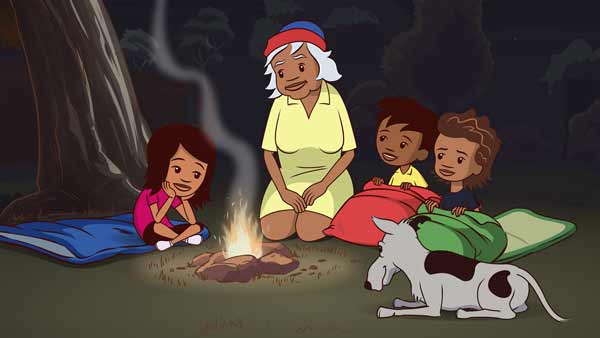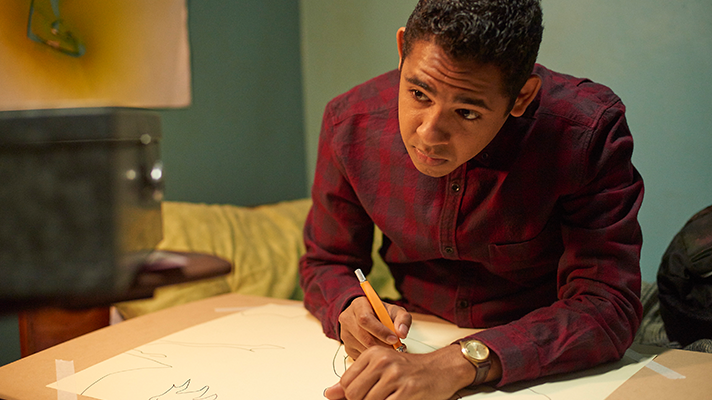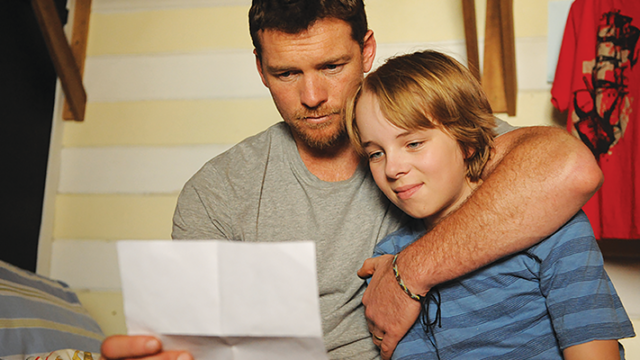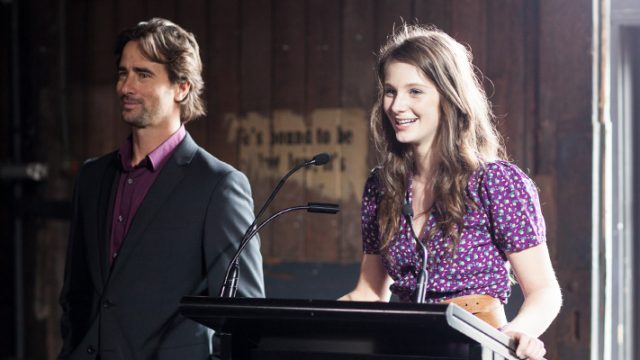Why This Year Marks a Critical 12 Months for Aussie Kids’ TV
Jenny Buckland
24 Jan 2018
The commercial broadcasters have opened the year with all guns firing. An opinion piece by Bridget Fair, the new CEO of Free TV, published in The Australian this week, ramps up their call for the Children’s Television Standards and the C Drama Quota to be abolished.
Meanwhile, at the ACTF, we’re overseeing a bumper development slate of new and exciting children’s projects from established and emerging producers all around the country. These include projects set in the red centre of the Northern Territory, Western Sydney, suburban Melbourne, regional Western Australia, outer space and a grade three classroom that could be anywhere. Characters and families across all these series come from a diverse array of backgrounds, in all shapes and sizes and the stories embrace comedy, high drama, fantasy, suspense, and problem solving.
We think it’s the best slate of new shows we’ve ever seen in the one place.
But how will young Australians get to enjoy these programs?
Certainly not on commercial free-to-air TV.
It’s anticipated that the majority of the projects on this slate will be commissioned by the ABC, if funds allow. One or two of them may end up on NITV, one will air on a broadcaster’s catch up service, several may air on a subscription video on demand service and a couple may be commissioned by a subscription children’s channel.
If these shows are commissioned by the ABC, they will follow the success of programs like Little Lunch, Dance Academy, Nowhere Boys, Dirt Girl World, The Flamin’ Thongs and Mustangs FC.
If they have indigenous content and are commissioned by NITV, they will build on a modest library of children’s content that includes Little J and Big Cuz, Double Trouble and the just launched Grace Beside Me.

Little J and Big Cuz
If they are commissioned by a pay tv children’s channel or an SVOD service, they will be a small counter balance to a largely imported offering for children.
But the crucial issue is whether or not the support for production of all these children’s shows is there, and how Australian children’s content will be supported in future.
Last year, the Commonwealth Government called for submissions to its Australian and Children’s Screen Content Review. The industry is awaiting the outcomes of that Review. At the same time, a House of Representatives Committee chaired by Luke Howarth MP conducted its own Review of the Australian film and television industry. Its recommendations might provide some insight into the issues that the Minister and his Department are currently grappling with in respect of children’s content.
The House of Representatives Report noted the increased presence of the SVOD services and recommended that “part of their revenues in Australia should be invested in new Australian content.” The Committee also recommended that
“the children’s sub-quotas imposed on the commercial broadcasters should be reformed to reflect current viewing trends such as the current dominance of the ABC in this market. However, any new quota system must ensure that quality Australian programs continue to be available for children across all platforms, particularly live-action drama which is an important genre for children.
The committee would also support a contestable fund as an alternative approach to the hours-based sub-quota for new children’s content. Contributions to this fund would need to be made by the commercial and subscription broadcasters to finance the creation of quality Australian children’s programs in the future. The ABC is now the most important broadcaster of Australian programs for children but has no quota requirements. We are recommending that the ABC charter be amended to require a minimum hours-based quota for first release children’s screen content.
This reflects the ABC’s strong commitment to children’s television and community feedback and other data indicating that is has become the primary provider of Australian programming for children.”
Market forces cannot be relied on to ensure the continued creation of high quality, distinctive Australian children’s content. Without regulation (via content quotas) and the development and production funding that is provided via Screen Australia, the State and Territory film and television agencies and the ACTF, such content would never have been made in the first place.

A fragmented, multi-platform, on-demand and time-shifted viewing environment providing a global smorgasbord of content is now challenging the previously dominant linear broadcasting model of the past. This has put the existing regulatory model in doubt, and it means that effective support for local children’s content is more critical than ever.
Children’s content needs special, unique support and attention – not just the same suite of policy measures that apply to adult content. It is at a disadvantage because the children’s audience is less visible than the adult one and it cannot command the same licence fees upon commissioning that adult content does.
To achieve a vibrant, balanced, outstanding children’s content production environment delivering quality Australian content to Australian children, Government will need to ensure:
- That the public broadcasting sector is both required and supported to deliver a distinctive, original and comprehensive multiplatform service for all Australian children, which incorporates high levels of Australian content across a range of genres including news, current affairs, factual, comedy, live action drama, animation and educational content.
- That measures are in place to require, support and encourage commercial platforms (whether free to air, subscription television, or SVOD and other online services) to commission quality Australian children’s content which they can schedule and deliver in a way that supports their commercial objectives; and
- That there are sufficient funding mechanisms in place to support the production and distribution of Australian children’s content; and that these mechanisms acknowledge that children’s content does not command the same licence fees that adult content does, and that it should not be necessary for all Australian children’s content to attract high levels of foreign investment before it can be produced.
Whilst we wait to hear what the Government thinks, it’s good news that the House of Representatives Committee wants to see reform that will secure the future of Australian children’s content, not abandonment. In the meantime, a Senate Committee has commenced its own Inquiry into Australian content, indicating that Australian parliamentarians think these issues are important.
Ideally, with so much interest in the subject, everyone involved would come together to discuss how best to achieve an outcome which is in the best interests of children’s audiences in the future. But the commercial broadcasters don’t appear to welcome that concept. They just want to wash their hands of it.
You can read the ACTF submission to the current Senate Inquiry here.





Comments
Comments for this post are open.